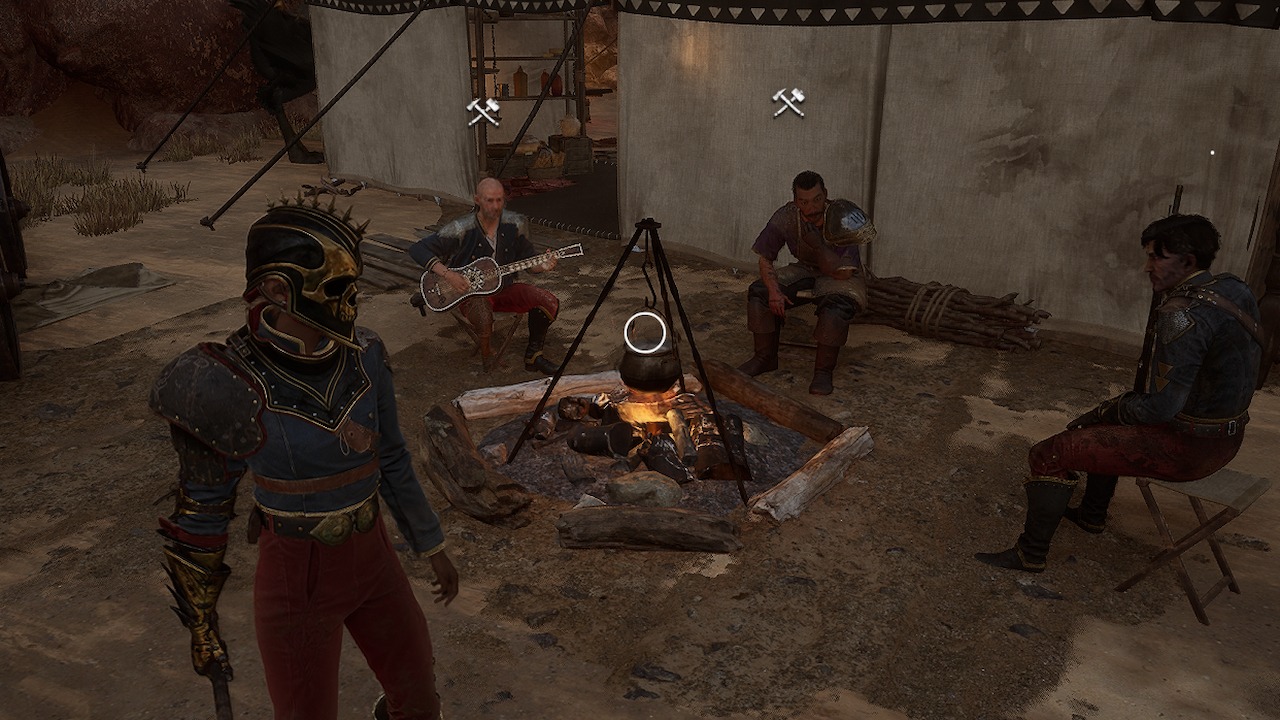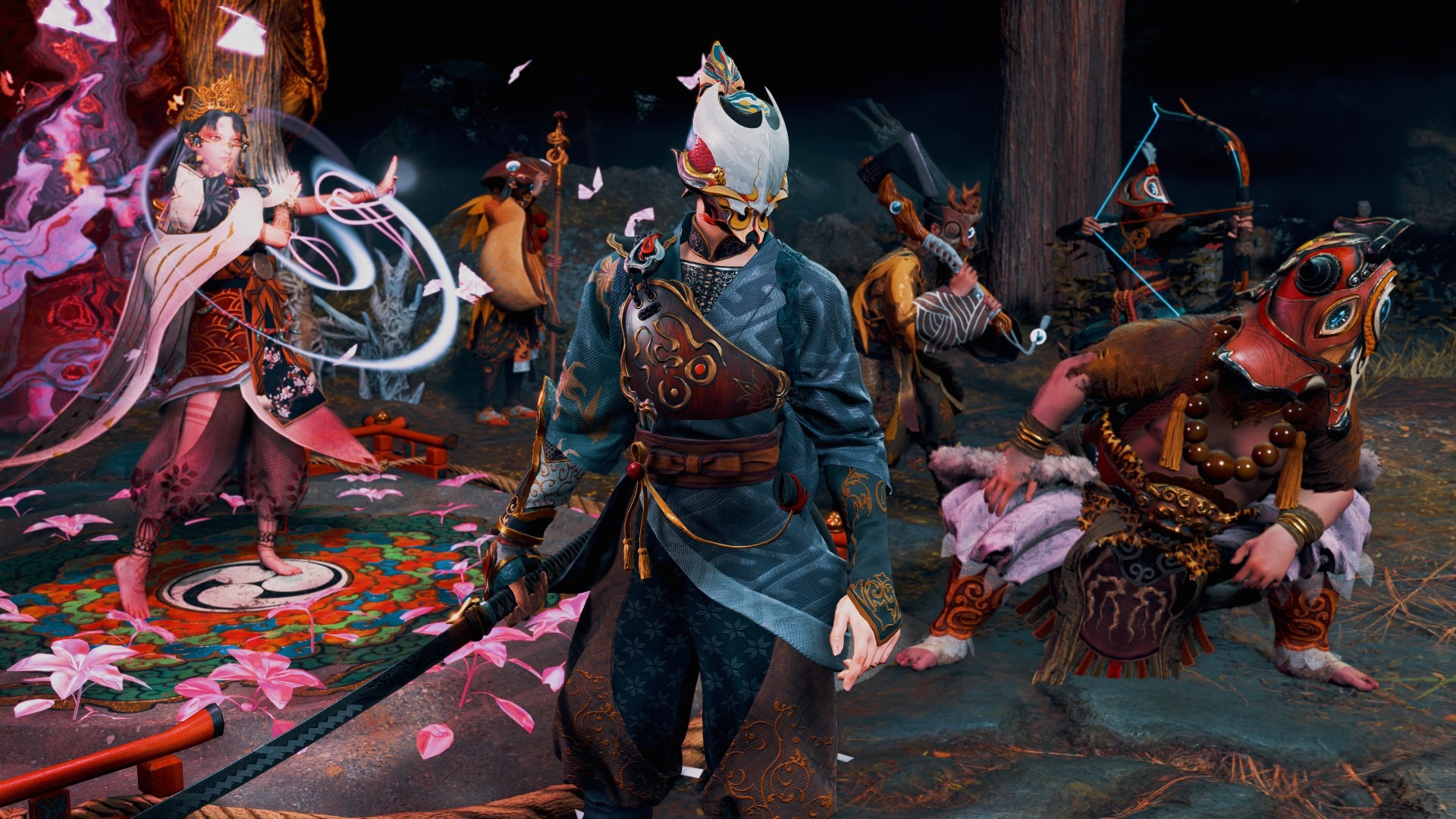Flintlock: the Siege of Dawn Game Review
Flintlock: The Siege of Dawn is doing its best to offer an epic adventure despite the clear limitations. Among the bright spots of this semi-open world action game are an exciting premise, a unique twist on soul-inspired action gear, and a fun exploration mechanic. Unfortunately, it doesn’t offer a completely satisfying or elaborate adventure, resulting in a respectable but flawed quest for revenge.
The developer A44 has created a fascinating world that combines colonial aesthetics and technology (think of the 18th or 19th century) with magical and fantastic creatures. Soldier Nor Vanek embarks on a mission to finish all the gods after they and their armies of the dead have stormed the mortal realm. She finds an unlikely ally in Enki, a small fox-like deity with secret reasons to help his relatives or finish them.
While the two gather a small group of allies to take on their divine enemies, Flintlock spins a matching yarn, which is supported by stronger feats. However, a significant character development could be more consistent. While the development of Nor and Enki’s awkward partnership feels largely convincing with some decent revelations, the rest of the supporting cast doesn’t get the same love, making it difficult to take care of them.

The pantheon of primary antagonists feels similarly uninteresting, as little time is spent trying to establish their personality or intentions in this world; they are just good-looking punching bags that occasionally make fun of players on the way to them. If I found the narration interesting, the uneven mixing of the sound led to the fact that the soundtrack often muffled the dialogues.
Flintlock’s action consists of decent hand-to-hand action, emphasizing small combos and keeping distant enemies at bay with a variety of firearms. Striking enemies with Nor’s axe feels acceptable at best. Stopping feels equally mediocre and sometimes unreliable, due to questionable time slots that are difficult to reach even hours after the adventure. The action works functionally, but a thin layer of jerk holds you back, including silly enemies like rocks, which you often do not recognize, even if they pass well in your eyes.

By pressing a button, Enki can help by granting debilitating curses that weaken, stun or virus targets. It’s a decent participation, which pays off the most after unlocking several cool updates. After all, Enki can contain or distract enemies, equip their melee weapons with his power and curse several enemies at once, among other valuable abilities. Shooting the Nor pistol from the hip to interrupt or counter an strike is a fun strategy that has made it my favorite sidearm. Other ranged weapons such as a rifle, grenade launcher or flamethrower do not stand out or do not feel good enough to encourage regular use.
Although it is described as an easy soul game and with well-known genre tropes, such as having to recover lost experience points (called reputation) when dying, I would not call Flintlock a challenging game. Most threats can be overcome instantly, and none of the boss actions required more than a few attempts; the final boss, surprisingly, is the biggest enemy of the group. The most interesting and effective action twist is an experience point multiplier that accumulates when performing various strike and actions, which encourages players to vary their strike creatively. The problem is that you have to add these points to your XP pool manually by holding down the D-pad button; If you don’t, taking damage will reset the counter to zero, which means that you can end an entire experience and leave with little to show (although larger enemies will still drop a guaranteed large amount of XP). I like how this system gives the action more tension and intentionality.
Flintlock takes place mainly on two medium-sized landmasses, which contain a small number of repetitive side quests (with valuable rewards) and collectibles such as various XP and upgrade items and story notes. It’s not the most exciting world to explore, with the exception of an unlockable network of magical warp points called cracks, which allow players to fly through the sky to speed up the journey. Cracks serve as great shortcuts and sometimes create funny platform segments, which makes them one of my favorite mechanics in the game.

The presentation of flintlock is nothing out of the ordinary, only a few creative creature designs arouse my interest. With two graphical options, it is better to stick to the standard performance mode, since the quality provides a negligible increase. The animations can be forced and sometimes have an unfinished quality, like the bad-looking slow-motion death camera, which interferes with the satisfaction of rifle headshots.
Despite my problems, Flintlock: The Siege of Dawn never crashes in order to be actively bad. Instead, it sails along a solid line of mediocrity that leads to moderately good weather. It often seems that he wants to say or do more, but his scope and execution hold him back, not to mention some technical setbacks. Although he occasionally shows brilliant flashes, Flintlock: The Siege of the Dawn does not achieve true divinity.



Post Comment